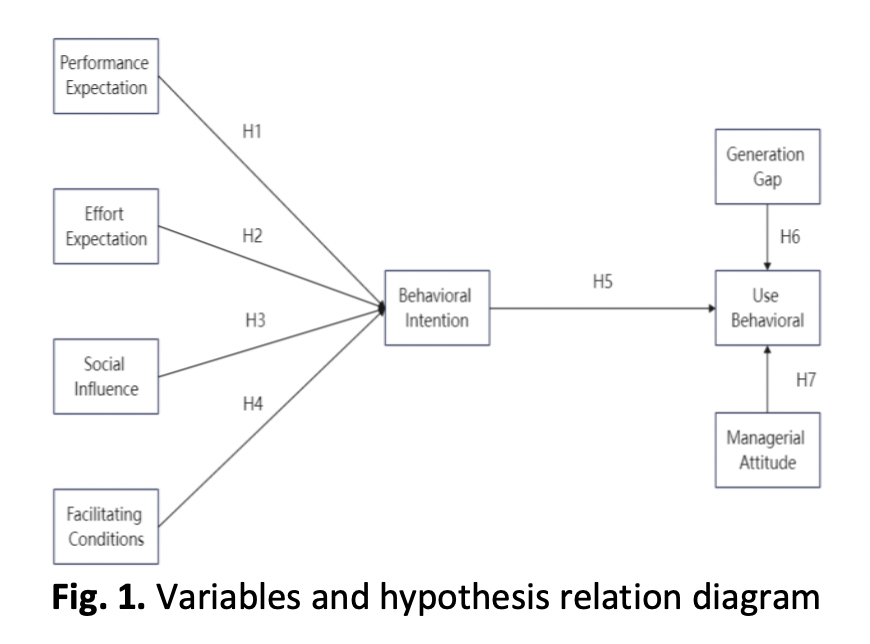Building Information Modelling (BIM) Adoption for Cost Engineering Consultant; Case Study of Southern China
DOI:
https://doi.org/10.37934/araset.29.3.2136Keywords:
Building information modelling, BIM, Cost engineering, China, Digital constructionAbstract
Digital construction has paved its way into the Architecture, Engineering and Construction (AEC) industries with the technological revolution, which significantly change the design, construction, and management processes. The use of Building Information Modelling (BIM) presents a valued collaborative technology that eliminates most communication related challenges of the industry. The Chinese government has emerged as a major force promoting BIM adoption, by implementing policies and promoting efforts with government support. Yet, the adoption rate is still unsatisfactory particularly for China cost engineering industry. This paper examines the drivers and barriers of BIM adoption and consequently review its impact on the current BIM implementation processes. This study also investigated their awareness and acceptance level of BIM adoption. The main respondents are the cost engineering practitioner specifically in the area of Guangxi. The UTAUT and TAM model are adopted, to analyse on individual intention and behaviour by distributing online questionnaires. This analysis reveals that the practitioners have poor awareness of BIM and have no willingness to learn new BIM knowledge independently. At present, the proportion of BIM actual use in projects is relatively low, and no single post-construction maintenance project applied BIM technology. The main influencing factors for BIM adoption are measured based on the Performance Expectation, Effort Expectation, Generation Gap, Social Influence, Managerial Attitude and Facilitating Conditions. This paper contributes to the strategic suggestions that puts forward the role of user, consultants, governments that may facilitate the advantages of BIM technology adoption. This paper identified that successful implementation include the role of consultants on their readiness and acceptance, followed by adequate technology education and training.
Downloads





























